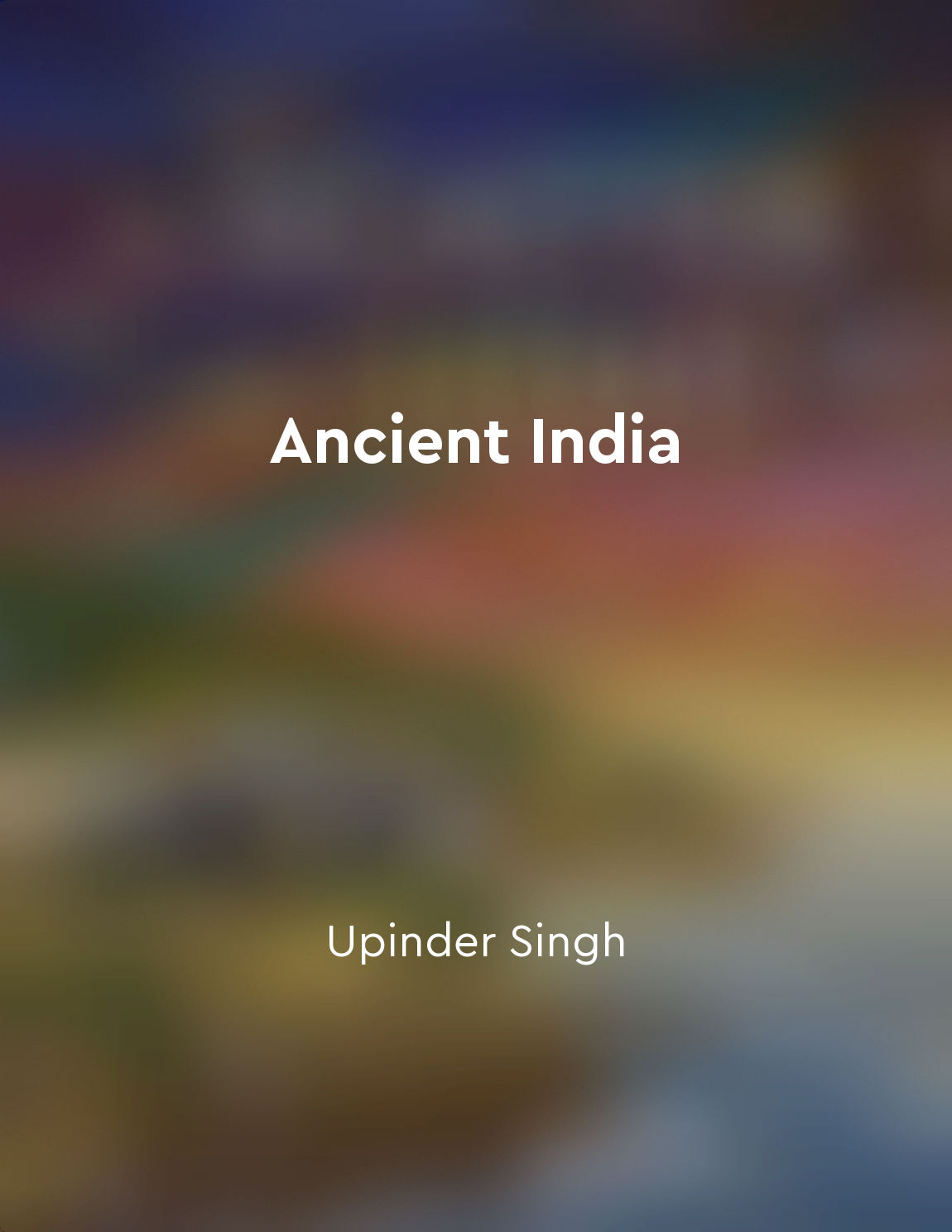Trade Maritime Routes from "summary" of Ancient India by Upinder Singh
Trade maritime routes were an integral part of life in ancient India. Ships travelled to distant lands, carrying goods and exchanging cultures. Such routes laid the foundation for the development and prosperity of many civilizations.- For centuries, some of the most widely-used maritime trade routes were around India's coastline, with its abundance of natural resources and relatively accessible ports. Ships sailed to India from various places far from its shore, including Egypt, Greece, Rome, Arabia and Africa.
- Trade has been an important activity since ancient times, especially through maritime routes. Traders used to rely on ships for transporting goods from one place to another across the world, establishing intricate trade networks in the process.
- Apart from bringing wealth, the Mediterranean trade routes connected different cultures, religions, and civilizations. This enabled ideas, customs and practices to travel between distant lands, leading to an exchange of information and values.
- Indian vessels were also a common feature in the Mediterranean region in the classical period. Ships coming from India carried exotic wares such as muslins, indigo, spices, herbs, ivory and perfumes which delighted people from all over the known world.
- In return, Indians imported gold, silver, precious metals, coins, pottery and glass items that were highly sought after back home. The rise of Indian maritime trade thus led to great prosperity for many trading communities along the coasts.
- At the same time, these networks laid the groundwork for the expansion of empires and helped forge strong economic and political relationships between nations. Many historical accounts still bear witness to the impact of maritime trade during this era.


